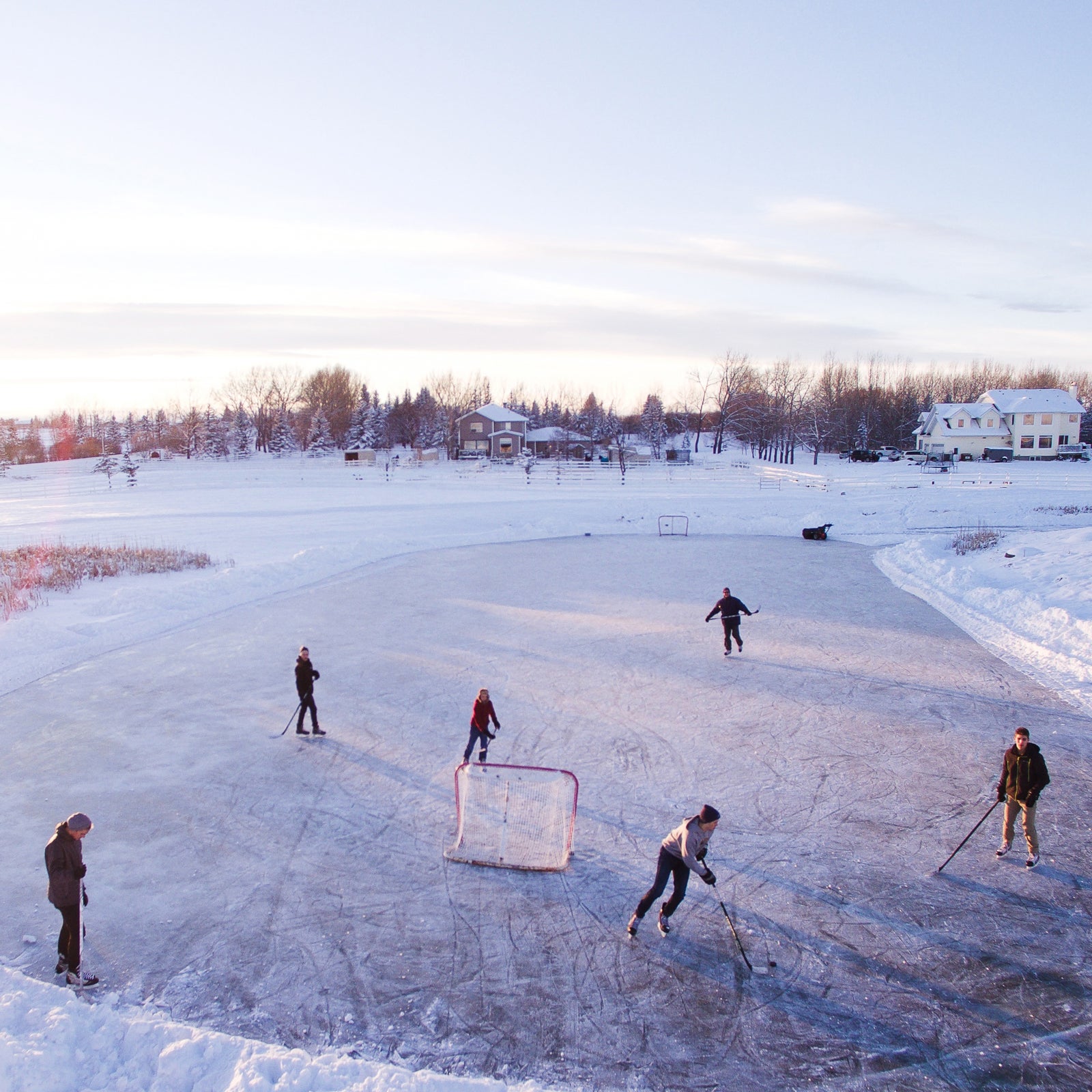Nobody wants to be that person on the local evening news who has to be rescued after falling in a frozen lake. Exercise a little common sense, and you’ll be just fine (although if you don’t have a lot of that, start by checking in with your local bait or sporting goods shop; they’ll likely know which lakes are most solid).
Todd Schaller, a recreation enforcement and education section chief with the Wisconsin Department of Natural Resources, advises staying off ice that’s less than four inches thick. And even then, Schaller suggests carrying basic rescue gear, just in case.
“T�� safety gear is a life jacket, an ice pick (a way to get yourself out of the water), a cell phone, a length of rope, and an ice auger to test the ice as you walk and move,” he says.
How Thick Is the Ice?
Schaller also stresses that ice is rarely the same thickness across a body of water and changes often. “Don’t go in areas you’re not familiar with,” he says. “Avoid areas that have cracks or moving water—springs, inlets or outlets, any runoff during a warm spell.” He also encourages going with a partner during the day, in good light, and checking the thickness as you travel across the surface. Keep in mind that clear ice is stronger than white (bubble filled) ice.
Checking ice thickness is similar to checking the oil in your car. Well, kind of. Make a hole in the ice using an ice chisel, auger, or cordless drill. Insert a tape measure into the hole, hook the end onto the edge of the ice, and take the measurement. If your reading is at least four inches, proceed with caution.
Can You Drive on Ice?
Ice more than five inches thick will likely hold a snowmobile, and ice more than eight inches thick will likely support a car or small pickup truck. Although Schaller cautions against using vehicles on ice, he advises people who do so to follow certain rules: seatbelt off, doors unlocked, windows open, travel at low speeds. “You shouldn’t travel in a line of vehicles following one another,” he adds. “It has to do with the physics of the ice and the weight.” If you’re going to be out there for a while, be sure to park cars at least 50 feet apart and move ’em every couple of hours. You don’t want to end up like these guys.


